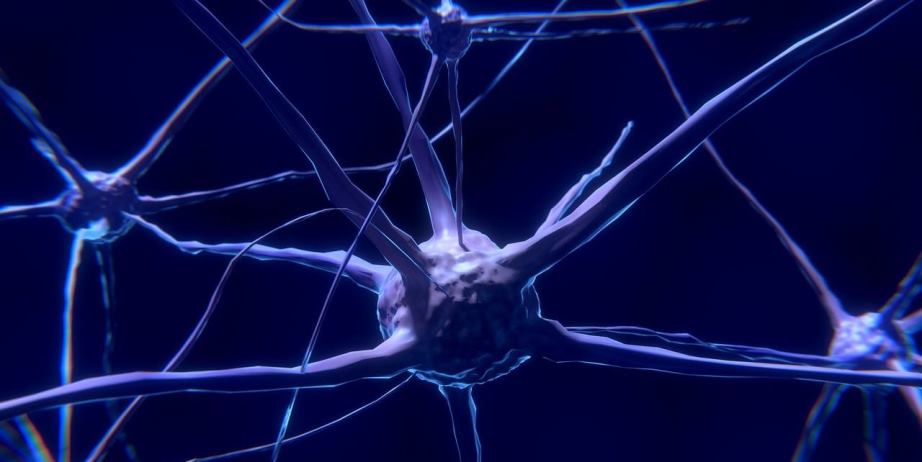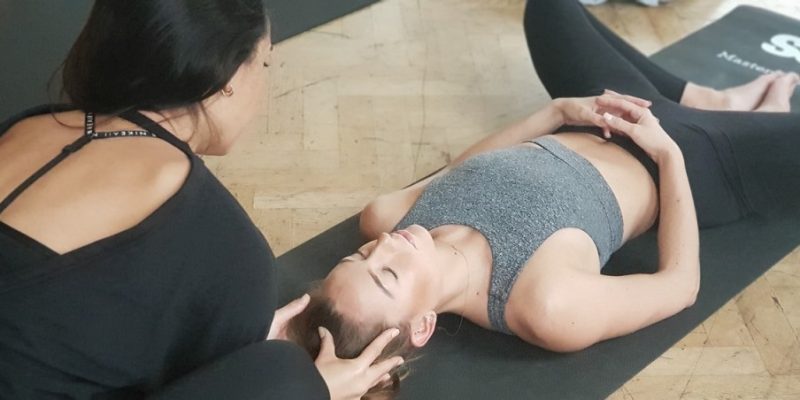
Polyvagal Theory (PVT) is a set of evolutionary, neuroscientific, and psychological concepts, introduced in 1994 by Stephen Porges, which addresses the Autonomic Nervous System (ANS) — notably the Vagus Nerve — and its role in emotion regulation, social connection, and our fear (threat / danger) response.
Mind that in the current state of scientific social neuroscience PVT is not considered proven or endorsed. Nevertheless, it has become a popular concept among many health practitioners, and it’s increasingly used within a range of somatic therapies, such as in Body De-Armoring and in certain Body Psychotherapy modalities.
Polyvagal Theory Explained
PVT emphasizes the physiological and psychological role of the ANS in regulating our health, behavior, and wellness, and can be applied as a way of understanding how our nervous system (and through it also our body) responds to different situations, like stress, danger, traumatic experiences, or safety.

According to PVT, our nervous system has three primary response states. One response state is related to the Sympathetic Nervous System (SNS), and the two other response states are related to the Parasympathetic Nervous System (PNS), the latter being divided in the Dorsal Vagal System branch and the Ventral Vagal System branch.
The above is in contrast to the more classical view of two response states, being either the “fight or flight” response (SNS) or the “rest and digest” (or “feed and breed”) response (PNS).
Now, in the three-part model of PVT, the first possible response state is the “fight or flight” response (related to the SNS), activated when we’re in a dangerous or threatening situation, which is called “mobilization” in PVT. It’s our body’s way of preparing to either fight the threat or run away from it.
The second response state is the “collapse” response (related to the PNS), which is activated when we feel overwhelmed or powerless; our body shuts down and we may feel numb or disconnected from our surroundings, which in PVT is called the “dorsal vagal state,” “freeze,” or “immobilization.”

The third response state is the “social engagement” response (related to the PNS) — called “ventral vagal state” in PVT — which is activated when we feel safe and connected to others. We are then relaxed and open to social interaction, a state communicated in our eyes, through facial expressions, and in our tone of voice.
PVT asserts that these three response states are not entirely separate but more like a continuum through which we act on a daily basis. It’s thought that they are controlled by different parts of our nervous system, but all directly managed by the Vagus Nerve which extends from the base of the brain to the abdominal region, and which plays a vital role in regulating our heart rate, breathing, digestion, and emotional state.
In fact, PVT suggests that by understanding the fluctuations of these different response states, we can better manage our own health and wellness and better understand the behavior of others.
Body De-Armoring and Trauma Release
In the context of trauma, PVT suggests that traumatic experiences can cause people to become stuck in a state which is associated with immobilization, muscular tension, restricted breathing, disconnection, and a sense of hopelessness and helplessness. In PVT, this state is called the “Dorsal Vagal Complex.”

Mind-Body therapies that use PVT, such as Somatic Experiencing and Sensorimotor Psychotherapy, often involve focusing on bodily sensations and helping clients to develop a greater awareness of their physiological responses to stress and trauma.
Subsequently, individuals can then learn to control their ANS and reduce or release their bodily and emotional experience of trauma-related symptoms through what’s called self-regulation, and which is considered an important aspect of healing.
The idea is not only to support clients in recognizing the triggers and their emotional and physiological response to stress, but also to help clients shift to the “ventral vagal state,” that is, into the “social engagement response,” for which several techniques can be used, such as:
- Slow and deep breathing, which can stimulate the Vagus Nerve and activate the PNS, helping to reduce stress and encourage relaxation.
- Gentle and caring touch, which can activate the PNS by encouraging a sense of safety and trust and calm an individual down.
- Mindfulness meditation, which has been shown to increase activity in the Ventral Vagus Nerve, encouraging feelings of calm and connection.
- Social connection through engaging in positive social interactions with others, such as talking with friends or participating in group activities, which can activate the Ventral Vagus Nerve and encourage a sense of safety and trust.
- Regular physical activity, which can help to regulate the ANS and encourage a balanced state.
- Yoga poses, such as the Downward Facing Dog and the Bridge Pose, which can stimulate the Vagus Nerve and encourage relaxation and emotional regulation.
Nevertheless, it’s important to understand that there are basically two ways of how unresolved trauma can express itself. Although PVT strongly focuses on those who got stuck in the “dorsal vagal state” or “immobilization state,” individuals may also get stuck in the “fight or flight state” or “mobilization state.”

When stuck in mobilization (fight or flight) individuals may be guided by fear, distrust, dysregulation, distress and anxiety, while those that are stuck in immobilization (freeze) may feel loneliness, isolation, disconnection, and numbness.
However, in both types of trauma categories, clients have their bodies (or body parts) in a state of Armor (defense), a Body Armor, which is typically defined by muscle tension, rigidness, and deregulated breathing (breathing in fight or flight is fast, but in a freeze or immobilization state breathing tends to slow down or become restricted).
In the application of Polyvagal Theory (PVT), therapists need to help both types of clients to go back to safety, that is, to De-Armor them, by using techniques that guide them to their “ventral vagal state” or “social engagement state,” which should become their primary response state, the state in which they normally reside and feel relaxed and open to themselves and others.













